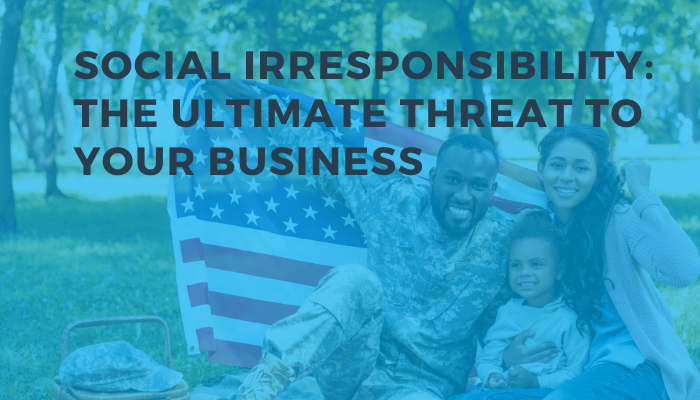
The wave of ESG investing has expanded tremendously in recent years, but some companies still aren’t convinced. What many critics neglect to remember is that ESG isn’t just about values – It’s about long-term risk management too.
As regulations tighten and consumer preferences shift, companies that don’t take ESG considerations into account could face government action, reputation-hurting public scandals, and even lawsuits .
These potential pitfalls can hurt short-term returns and degrade a business’s long-term value. Thus, companies that fail to make progress on ESG goals may end up excluded from consideration by many investors. (Larry Wieseneck)
What are ESG risks?
ESG issues deserve heightened attention for companies that want to maintain long-term value and align with shareholder interests. Here’s what we know about the risks and the cost of ignoring them: (Morningstar)
Environmental
Corporate management of environmental risks plays a critical role in assessing firm sustainability. The way in which business models are adapted to environmental and regulatory change can make or break an investor’s decision.
Companies that are not environmentally friendly could be subject to greater government regulations, which can include tax increases or raises on emission fees.
Environmental issues can directly damage brand equity too. Litigation tends to follow environmental disasters, such as the BP oil spill, which can be a real blow to company capital.
If nothing else, it’s important to remember that every business should have an environmental risk management plan – Not just the resource and energy industries.
Consumer preferences have seen an immense surge in environmentally friendly products and firms. Taking measures to prepare, advance or support environmental goals can provide a competitive advantage.
Social
Social risks typically involve the impact a company has on all of its stakeholders, which include employees, customers, suppliers, and local communities.
The nature of the relationship between a business and its stakeholders can shift public trust and brand equity – For better or for worse.
While social risks comprise a variety of issues, here are some common concerns to note:
- Data Security
- Product Safety
- Workplace Safety
- Diversity
- Compensation
- Benefits
Managing and responding to these risks effectively is imperative for corporate sustainability.
Governance
Strong corporate governance is in the best interest of long-term shareholders. It promotes accountability and provides transparency.
Governance failures typically happen when companies place too much emphasis on meeting short-term goals, leaving the interests of long-term investors out of the equation.
Corporate governance is also threatened when there is a lack of appropriate risk oversight, which can lead to poor capital-allocation decisions and other missteps that threaten sustainability.
Why should you care?
Social irresponsibility is the ultimate threat to corporate longevity. Given the increased demand for sustainability reporting, every publicly listed company can expect the need to disclose ESG performance metrics to investors and stakeholders. (Robert Hirth – Sustainability Accounting Standards Board)
Further, experts predict that all Wall Street research within 12 months will include an “ESG score.” This means that businesses that are not moving forward with ESG goals could be un-investable.


